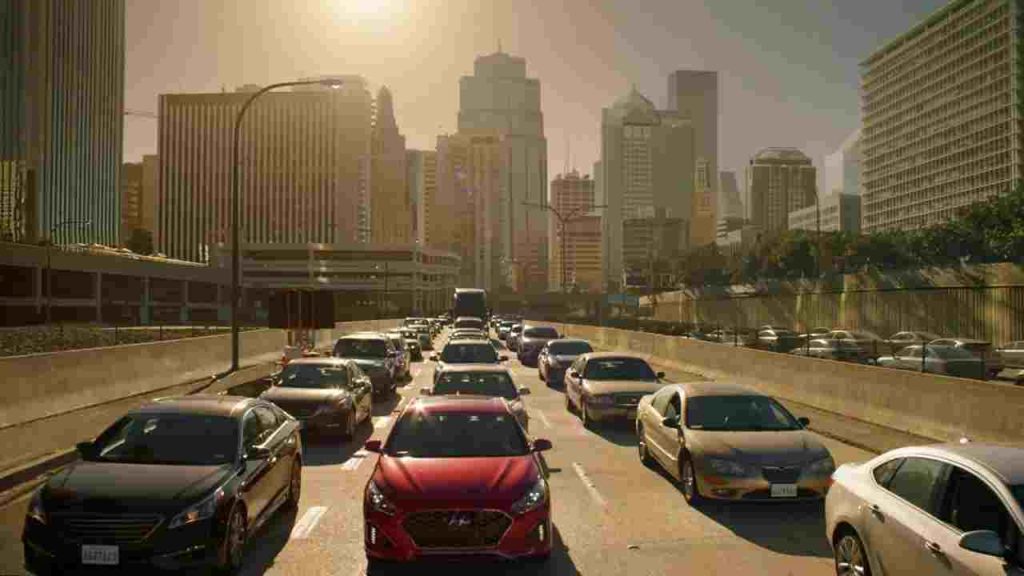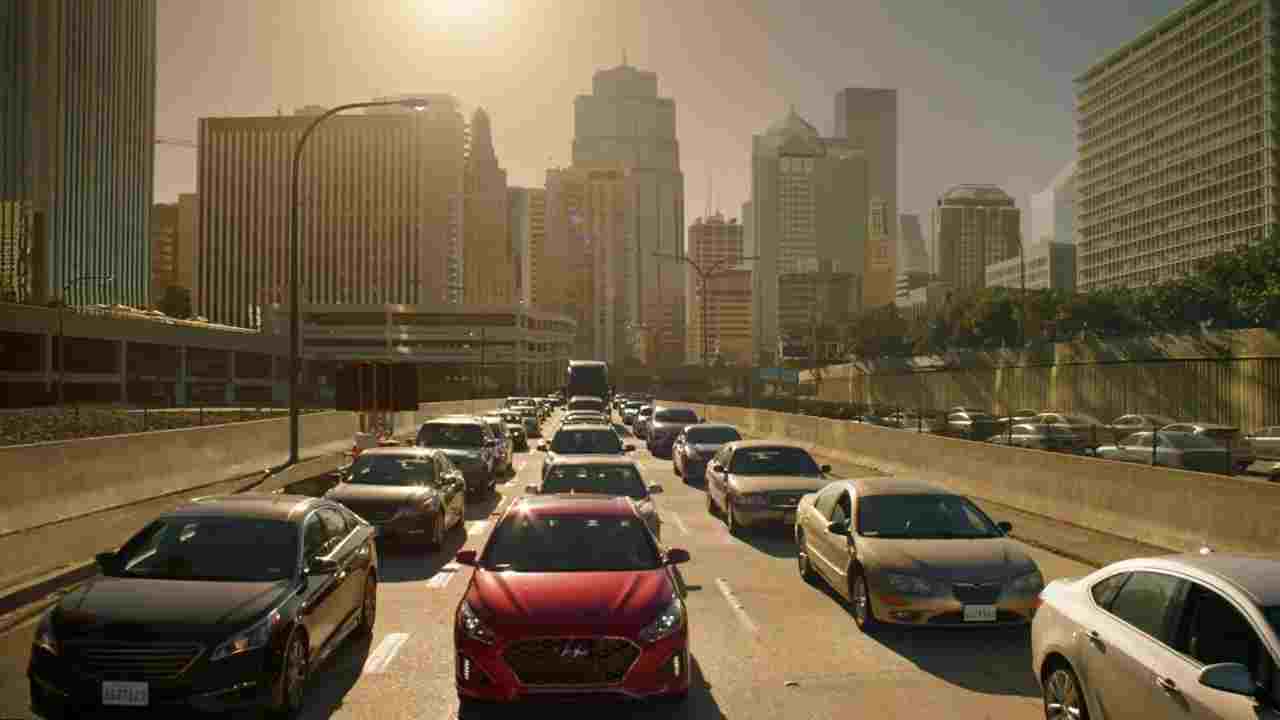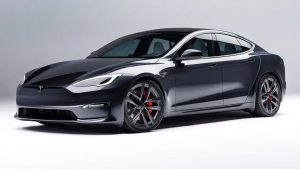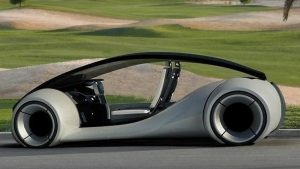Google’s AI-powered traffic light optimization aims at cutting down pollution and congestion

Traffic newspress (carscoops.com)

Google’s innovative green light project to revolutionize urban traffic flow.
Traffic lights are notorious for causing driver frustration and increasing pollution. Google is harnessing AI algorithms and the wealth of traffic data from Google Maps to tackle both of these problems efficiently.
Google’s AI model takes into account the structure, traffic signal patterns, and light scheduling of each intersection, using data from Google Maps. It then offers recommendations for optimizing traffic lights, which can be implemented by local traffic engineers to adjust red light durations based on the flow of vehicles. This optimization isn’t limited to individual traffic lights; it can synchronize several adjacent intersections, creating a “wave of green lights” to alleviate traffic congestion.
Google’s approach doesn’t require updates to existing infrastructure, making it cost-effective and easier to implement. Prior to the Google Green Light project, traffic light optimization relied on expensive sensors or time-consuming manual vehicle counts. Google’s solution represents a significant improvement, especially in areas where traffic lights have outdated settings and no supervision.
Research shows that pollution at city intersections can be up to 29 times higher compared to open roads, with half of it resulting from traffic starting and stopping. Early trials of Google’s project indicate the potential to reduce stops by 30%, leading to a reduction in emissions at intersections by up to 10%.
The Google Green Light project is already active in 12 cities, including Seattle (USA), Rio de Janeiro (Brazil), Manchester (UK), Hamburg (Germany), Budapest (Hungary), Haifa (Israel), Abu Dhabi (UAE), Bangalore, Hyderabad, Kolkata (India), Bali, and Jakarta (Indonesia). It affects 30 million car journeys per month. Google plans to expand the project further throughout 2024 and has invited city traffic engineers worldwide to join the waiting list.
In addition to the Green Light project, Google has announced several transportation-related initiatives for a more sustainable future. Google Maps’ fuel-efficient routing feature will be expanded to India and Indonesia this year, with support for two-wheelers. New train route suggestions will appear in Google Search for users searching for flights. Furthermore, the search engine will offer more insights on electric vehicles, helping prospective buyers understand costs and compare specifications of competing products.
Google’s Green Light project, aimed at optimizing traffic lights using AI and Google Maps data, has the potential to reduce congestion and lower emissions at city intersections, offering a more sustainable and efficient urban transportation solution.





